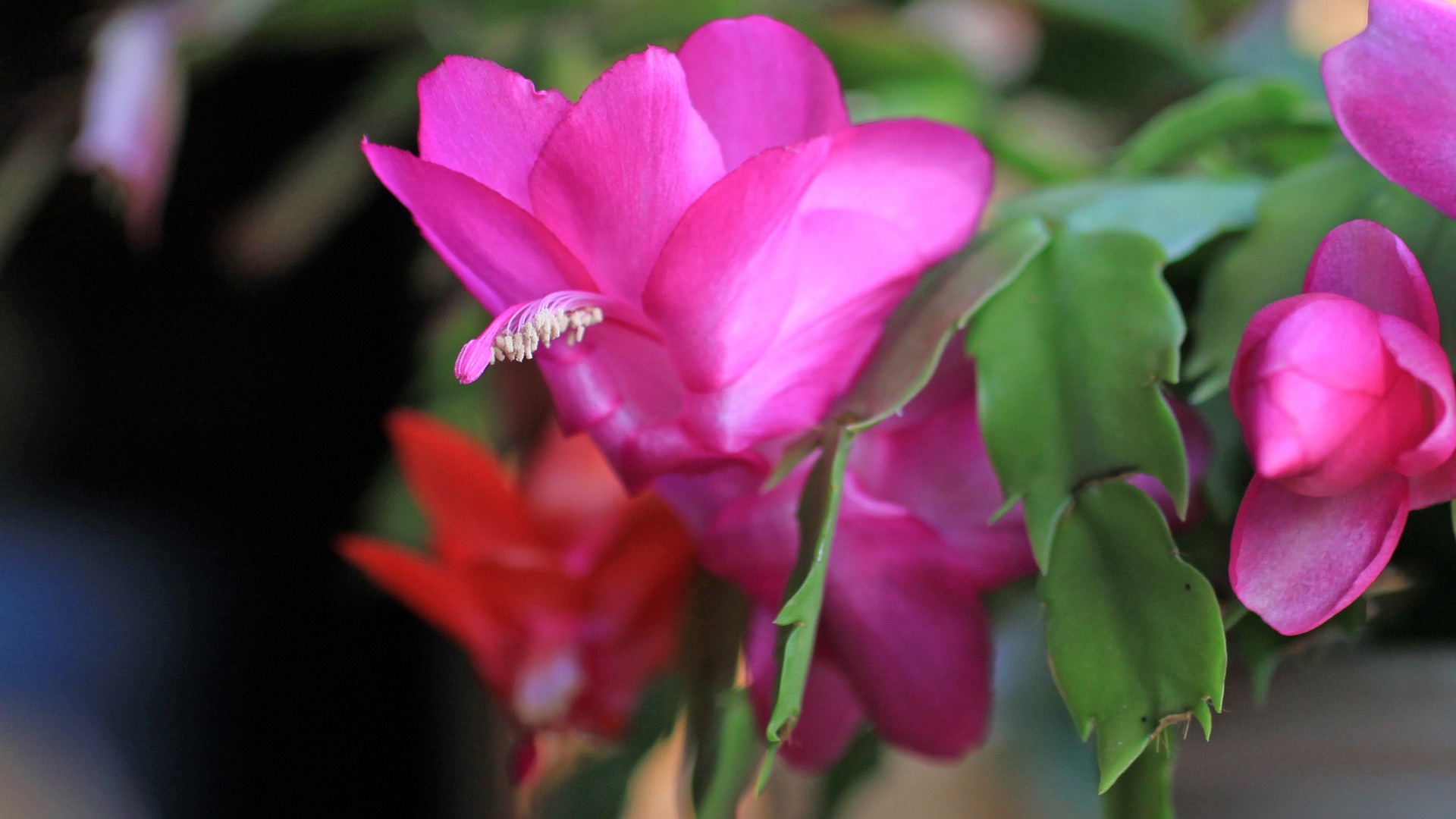The Easter cactus is a delightful and unique addition to any home or garden. This tropical cactus is famous for its brilliant and plentiful star-shaped blooms, making it a perfect choice for adding a pop of color during the Easter season. This easy-to-grow houseplant is suitable for both novice and experienced plant enthusiasts alike and is well-known for its long lifespan.
The Beauty of Easter Cactus
The Easter cactus is a stunning plant, with blooms ranging from white to red to purple. As a native of the Brazilian rainforest, this cactus is a member of the Cactaceae family, but it requires different care than your typical desert cactus. This plant thrives in cooler temperatures, dislikes direct sun, and needs nutrient-rich soil. Being an epiphytic cactus, it doesn’t grow in soil in its natural habitat, but on rocks, trees, and other plants.
Caring for Your Easter Cactus
Light: As a forest understory plant, the Easter cactus prefers indirect sunlight and doesn’t tolerate direct sun.
Temperature and Humidity: Unlike other cacti, the Easter cactus thrives in cooler temperatures and requires nighttime temperatures between 55 to 60°F to bloom. It enjoys a humid environment, but typical household humidity levels are sufficient. If your home is dry, you can provide extra humidity with a humidifier or a pebble tray.
Water: Allow the soil to dry out between waterings and then water thoroughly. This cactus doesn’t tolerate waterlogged roots, so ensure that the pot has proper drainage. Cut back on watering in late fall to early winter to encourage blooming.
Fertilizer: Easter cacti are high feeders and do well with regular fertilization. Apply a balanced fertilizer, such as 10-10-10, about two months after the plant has finished blooming and once a month until you need to prepare it for its bloom phase. Adding compost or organic fertilizers to the soil yearly will also keep it nutrient-rich.
Soil: The Easter cactus prefers porous soil mixes that are rich in organic matter and provide good airflow to its roots. A mixture of coco coir, peat moss, perlite, and orchid bark is ideal. Regularly adding compost or organic fertilizers to the soil will keep it rich in nutrients.
Pruning: Pruning is optional but will help encourage reblooming for the next year. Prune right after the plant flowers in the spring and while it’s still in its active growth phase. Focus on breaking off the top leaf pad from the stem at the joint and use your fingers or disinfected garden scissors.
Propagating: You can grow Easter cactus from seeds or cuttings. Cuttings are easier and more popular, and it’s best to propagate two to three months after the plant has finished blooming.
Take a 4- to 6-inch cutting from the tip of a healthy stem, remove the bottom leaves, let it dry for a day or two, and then plant it in a pot with porous soil mix. Keep the soil moist but not waterlogged and in a bright, indirect light until roots have formed and new growth appears.
In conclusion, the Easter cactus is a beautiful and low-maintenance addition to any home or garden. Its stunning blooms, unique care requirements, and long lifespan make it a perfect choice for anyone looking to bring a pop of color and joy to their space.
With proper care and attention, this cactus can bring a touch of the Brazilian rainforest to your home for many years to come.
Image: Pixabay.com
Source: Funkyfoliage.com
